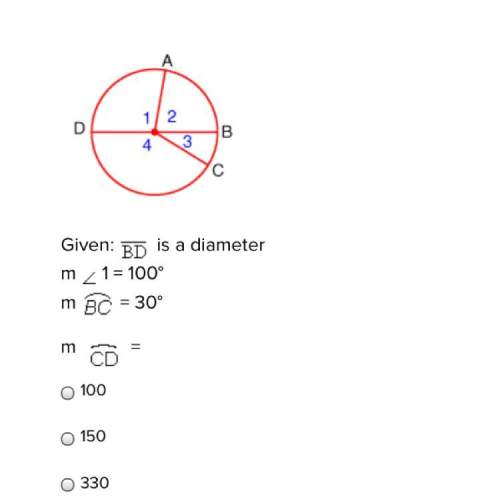
Mathematics, 11.05.2021 01:10, lexibyrd120
A recent survey at a major corporation found that employees who regularly participated in the company fitness program tended to have fewer sick days than employees who did not participate. However, because the study was not a true experiment, you cannot conclude that regular exercise causes employees to have fewer sick days. Identify another factor (a confounding variable) that might explain why some employees participated in the fitness program, and why those same employees have fewer sick days. Describe the design for a between-subjects experiment that would determine whether participation in the exercise program caused fewer sick days.

Answers: 3
Other questions on the subject: Mathematics

Mathematics, 21.06.2019 14:00, indexes06
Bob’s bank charges him a $3.15 service fee every time he uses an out-of-network atm. if bob uses an out-of-network atm an average of three times every two weeks, how much will he pay in service fees over the course of a year? a. $327.60 b. $109.20 c. $491.40 d. $245.70 select the best answer from the choices provided a b c d
Answers: 1

Mathematics, 21.06.2019 18:30, 2024daisjavien
For this option, you will work individually. the pythagorean theorem can be used in many real-world scenarios. part 1 write your own real-world scenario where the pythagorean theorem can be applied to find a missing piece. you may choose to write a problem that is two- or three-dimensional in nature. be sure that you will be able to draw a diagram of your scenario. write out your problem and submit it for part 1. be sure to end your scenario with a question. part 2 draw a diagram of the scenario you created in part 1. you may draw by hand and scan and upload your drawing or create a computer-generated drawing for submission. be sure to label all parts and dimensions of the drawing. part 3 solve the question that you posed in part 1. show all of your steps in answering the question. for this option, you will need to submit all three parts for full credit—your real-world problem and question, the diagram that you created, and your work solving the problem, showing all steps. * note that your instructor is looking for your own original idea. while it is acceptable to use the internet for research and inspiration, academic integrity policies apply.
Answers: 1

Mathematics, 22.06.2019 00:00, lllamasarebae5995
I've been working on this for a few days and i just don't understand, it's due in a few hours. you. the direction of a vector is defined as the angle of the vector in relation to a horizontal line. as a standard, this angle is measured counterclockwise from the positive x-axis. the direction or angle of v in the diagram is α.part a: how can you use trigonometric ratios to calculate the direction α of a general vector v = < x, y> similar to the diagram? part bsuppose that vector v lies in quadrant ii, quadrant iii, or quadrant iv. how can you use trigonometric ratios to calculate the direction (i. e., angle) of the vector in each of these quadrants with respect to the positive x-axis? the angle between the vector and the positive x-axis will be greater than 90 degrees in each case. part cnow try a numerical problem. what is the direction of the vector w = < -1, 6 > ?
Answers: 1

Mathematics, 22.06.2019 01:40, amendes11
Areflection of shape i across the y-axis, followed by a , and then a translation left 6 units and down 4 units confirms congruence between shape i and shape ii. alternatively, a of shape ii about the origin, followed by a reflection across the y-axis, and then a translation right 4 units and up 6 units confirms congruence between shape ii and shape i.
Answers: 3
Do you know the correct answer?
A recent survey at a major corporation found that employees who regularly participated in the compan...
Questions in other subjects:



Mathematics, 16.07.2020 06:01


Mathematics, 16.07.2020 06:01


Mathematics, 16.07.2020 06:01










